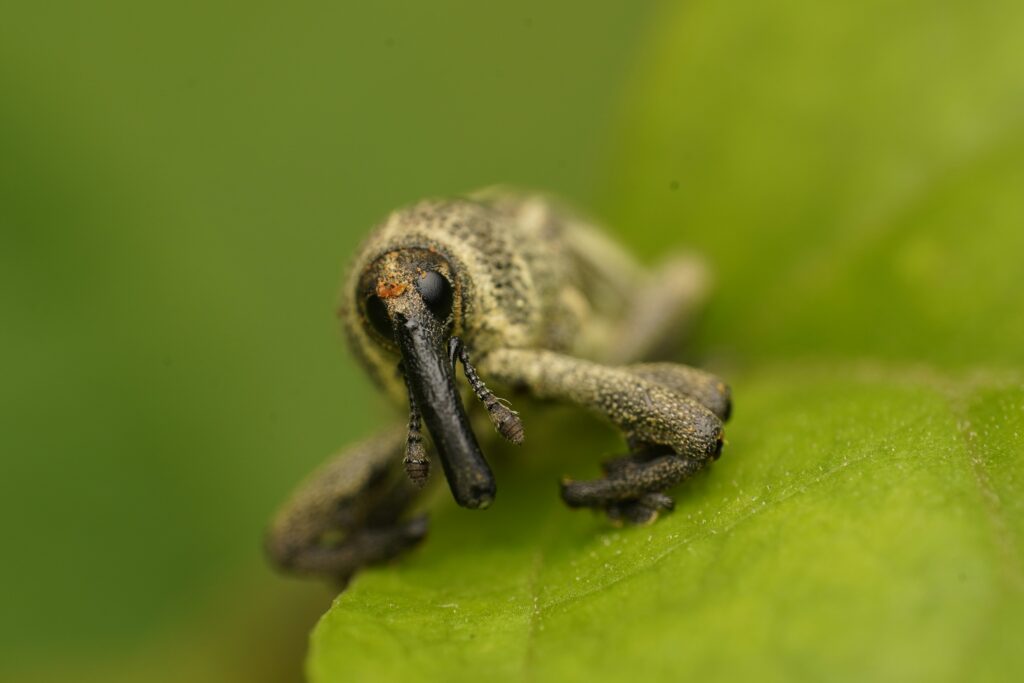Deep in the sandy shores of Florida’s coastline, a tiny acrobat performs one of nature’s most remarkable feats every single day. While most insects would drown in seconds when caught in rising waters, the pygmy mole cricket transforms into an aquatic superhero, literally surfing across floodwaters with the grace of a professional surfer riding the perfect wave. This minuscule marvel, no bigger than your pinky nail, has mastered an art that even humans struggle with – turning potentially deadly water into a highway for survival.
Meet Florida’s Tiniest Aquatic Acrobat

The pygmy mole cricket, scientifically known as Ellipes minuta, measures barely 5 millimeters in length yet packs more survival skills than insects ten times its size. These remarkable creatures inhabit the sandy beaches and salt marshes along Florida’s extensive coastline, where they’ve evolved to thrive in one of the most challenging environments on Earth. Unlike their larger cricket cousins who chirp from garden bushes, pygmy mole crickets have traded their musical talents for something far more impressive – the ability to literally walk on water. Their tiny size might make them easy to overlook, but their extraordinary abilities make them absolutely unforgettable once you learn their secrets.
The Science Behind Their Supernatural Swimming

What makes these crickets such incredible swimmers isn’t magic – it’s pure physics combined with millions of years of evolution. Their bodies are covered in thousands of microscopic hairs that trap air bubbles, creating a natural life jacket that keeps them afloat even in turbulent waters. These specialized hairs, called hydrofuge hairs, work like tiny umbrellas that repel water while maintaining a thin layer of air around the cricket’s body. The surface tension of water, combined with their lightweight frame, allows them to distribute their weight so evenly that they never break through the water’s surface. It’s like having built-in snowshoes, but for water instead of snow.
Surfing Techniques That Would Impress Kelly Slater
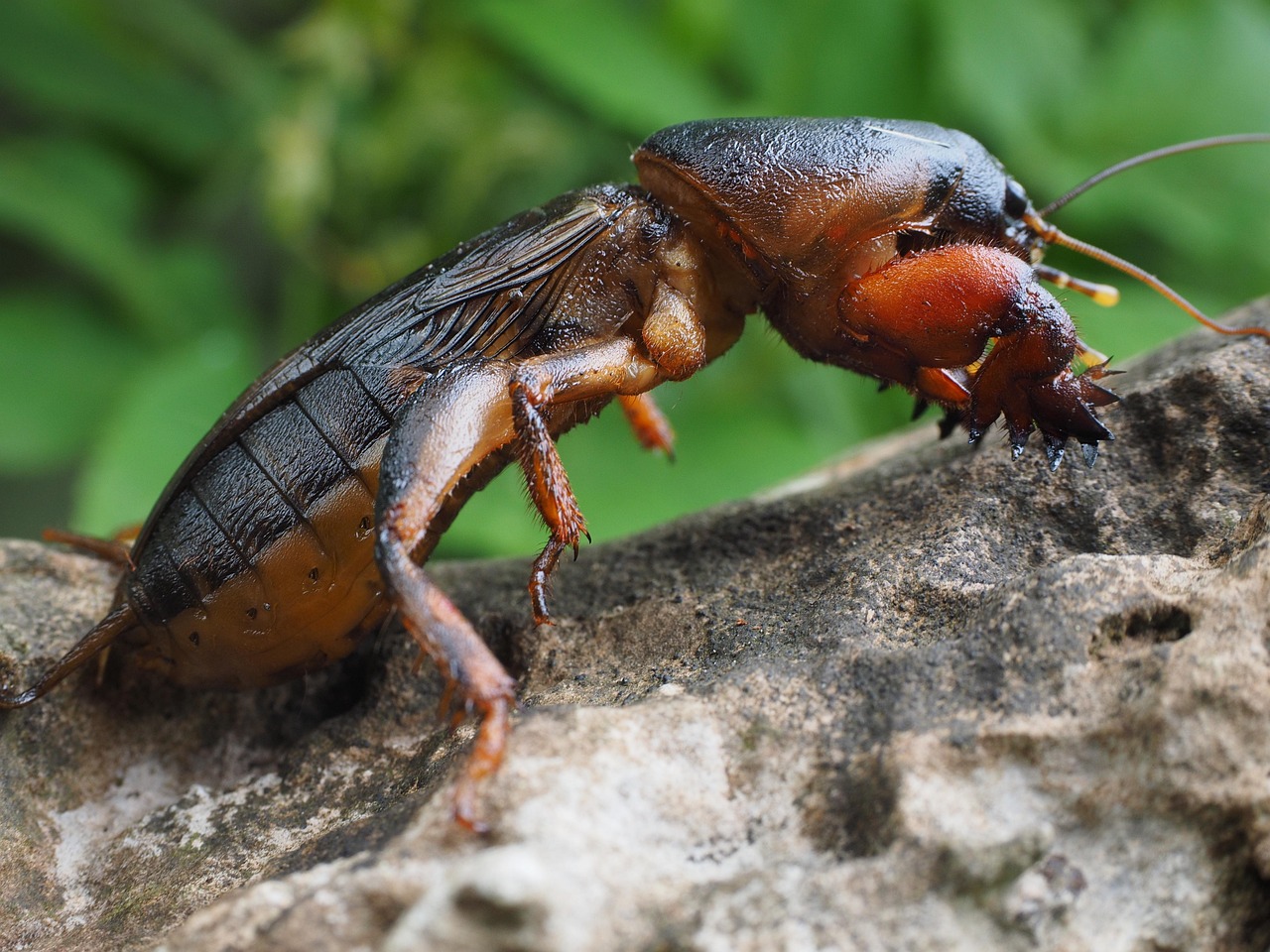
When floodwaters surge across their beach habitat, pygmy mole crickets don’t panic – they party. Using their powerful hind legs as paddles and their streamlined body as a surfboard, they can ride water currents with remarkable precision and control. They’ve been observed actively steering themselves toward favorable landing spots, adjusting their body position to catch different water currents, and even performing what can only be described as aquatic stunts. Their technique involves a combination of surface tension manipulation and strategic body positioning that allows them to maintain speed and direction even in choppy conditions. Watching them navigate floodwaters is like witnessing nature’s version of extreme sports, complete with aerial maneuvers and perfect landings.
Why Traditional Crickets Would Sink Like Stones
Most insects, including regular crickets, are doomed the moment they hit deep water because their bodies are simply too dense and their surface area too small to support them. Traditional crickets have smooth, relatively hairless bodies that become waterlogged instantly, causing them to sink faster than a rock thrown into a pond. Their legs, designed for jumping and climbing, are utterly useless for swimming and actually work against them by creating drag and instability in water. The pygmy mole cricket’s success comes from being the complete opposite – every aspect of their anatomy has been fine-tuned over millions of years specifically for aquatic survival. It’s the difference between trying to float a brick versus a carefully designed life raft.
The Evolutionary Journey to Aquatic Mastery
The transformation from land-dwelling insect to aquatic specialist didn’t happen overnight – it took millions of years of evolutionary pressure to create this swimming sensation. Ancestral mole crickets that could survive occasional flooding had better chances of survival and reproduction, gradually leading to the development of specialized water-resistant features. Each generation that survived flood events passed on slightly better aquatic adaptations to their offspring, creating a continuous improvement cycle that eventually produced today’s swimming superstars. The harsh reality of Florida’s unpredictable weather patterns, with sudden storms and flooding events, provided the perfect evolutionary laboratory for developing these remarkable abilities. This process demonstrates how environmental challenges can drive species to develop seemingly impossible survival strategies.
Their Secret Underwater Breathing Apparatus
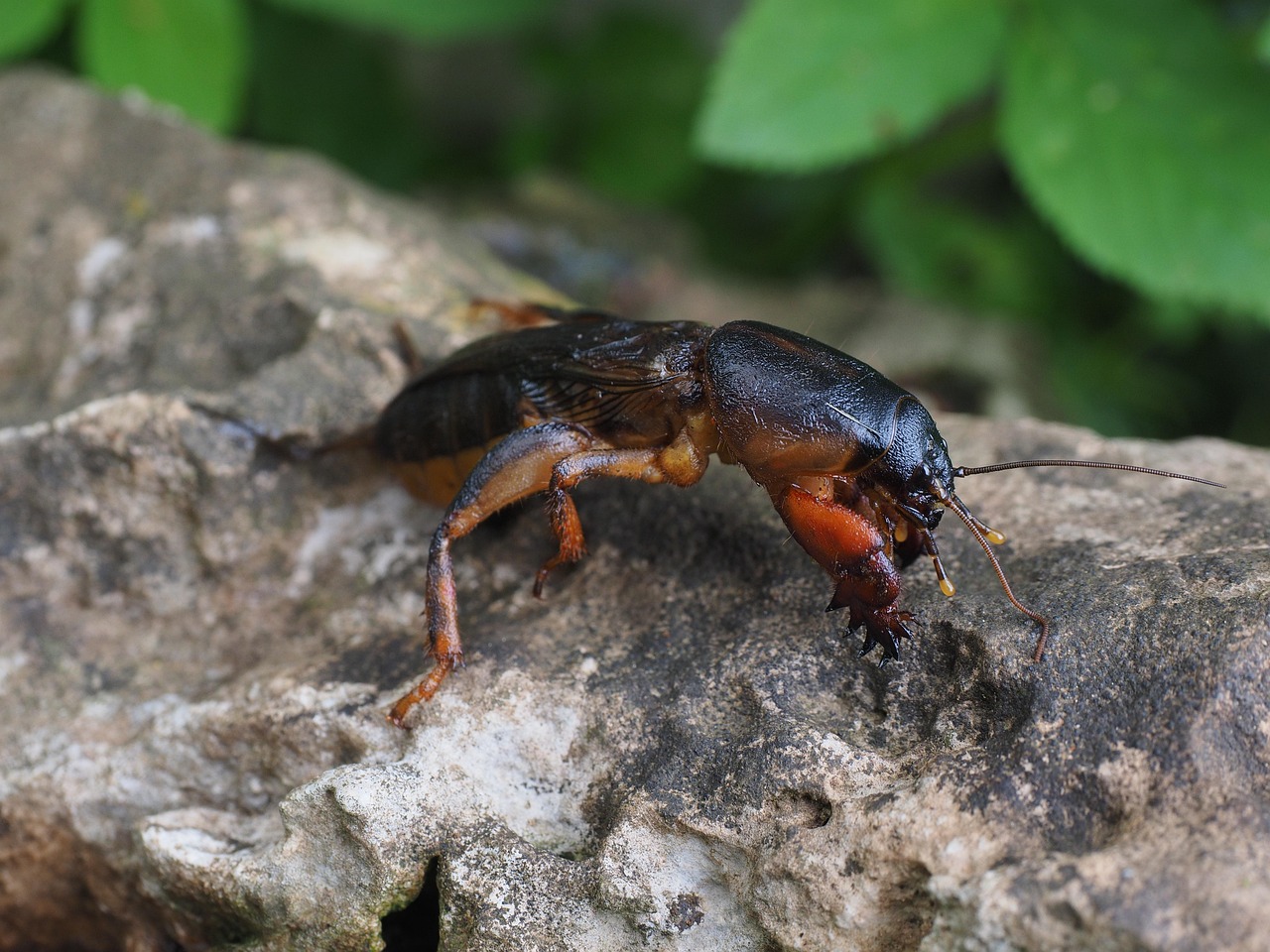
Perhaps the most mind-blowing aspect of pygmy mole crickets is their ability to breathe underwater without gills or any obvious breathing apparatus. They accomplish this feat by trapping air bubbles against their body using their specialized hairs, creating a personal atmosphere that travels with them wherever they go. This air bubble acts like a primitive scuba tank, allowing them to extract oxygen from the trapped air while underwater. The bubble also serves as a gill of sorts, as oxygen from the surrounding water can dissolve into the bubble while carbon dioxide is released, creating a sustainable breathing system. This incredible adaptation means they can survive completely submerged for extended periods, turning what would be a death sentence for most insects into just another day at the office.
Navigating Florida’s Unpredictable Flood Patterns

Florida’s weather is notorious for its sudden changes, and pygmy mole crickets have become masters at reading the signs of incoming floods. They can detect changes in air pressure, humidity, and ground vibrations that signal approaching storms hours before the first raindrops fall. Once flooding begins, they use a combination of chemical cues and water current patterns to navigate toward safety, often traveling surprising distances to reach suitable habitat. Their ability to sense the direction of water flow allows them to position themselves strategically, using the flood’s own energy to propel them toward higher ground or more favorable conditions. It’s like having a built-in GPS system specifically designed for emergency flood evacuation.
The Role of Surface Tension in Their Aquatic Adventures
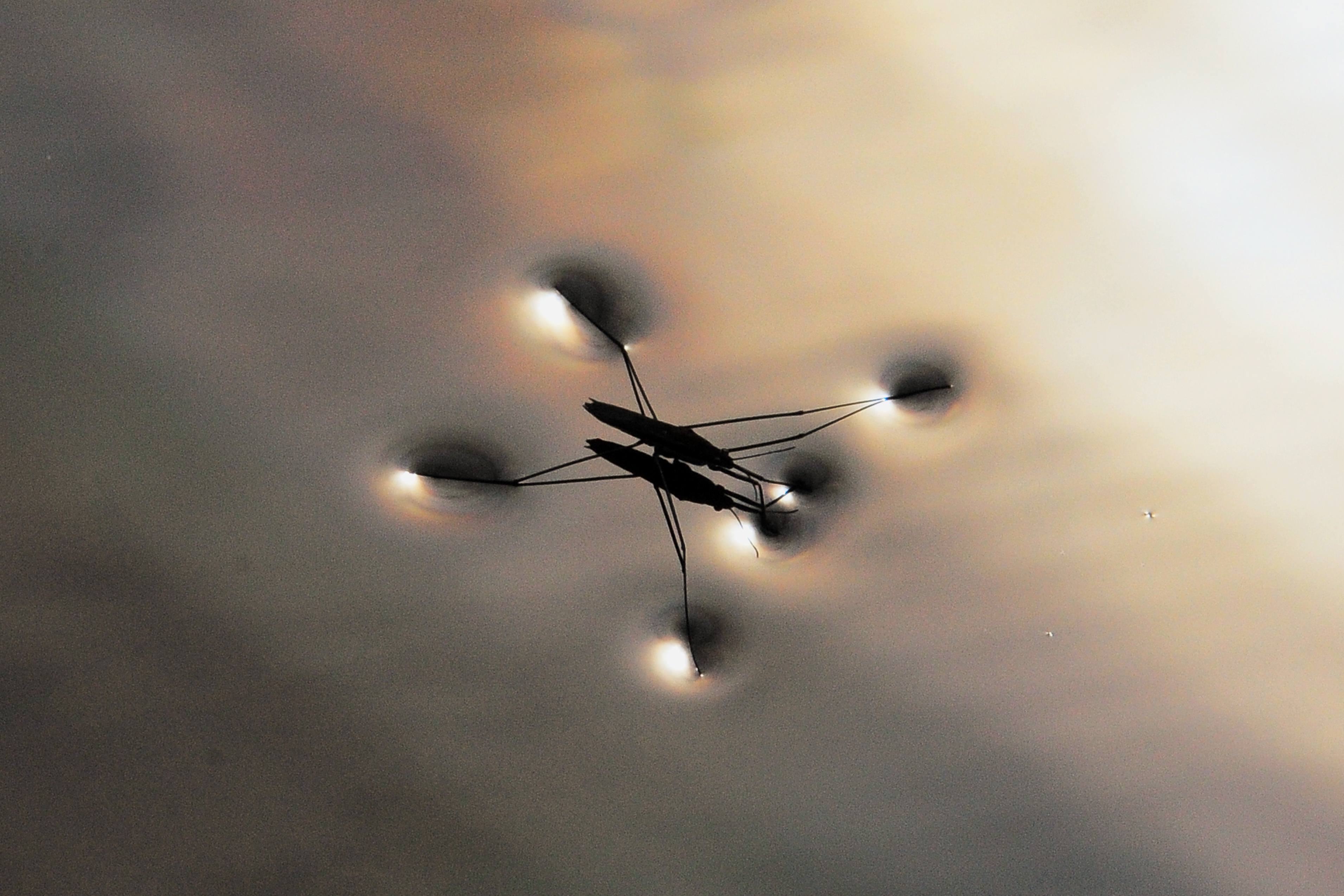
Surface tension – the invisible force that allows water striders to walk on water – becomes pygmy mole crickets’ best friend during flood events. Their tiny size and specialized body structure allow them to exploit this natural phenomenon in ways that larger animals simply cannot. By distributing their weight across multiple contact points and maintaining specific body angles, they can literally ride on top of the water’s surface layer without breaking through. This technique requires incredible precision and body control, as even the slightest miscalculation could send them plunging into the depths. The physics involved are so complex that engineers are still studying these crickets to understand how they achieve such remarkable water surface manipulation.
Predator Evasion While Riding the Waves

Being tiny and visible on the water’s surface would normally make pygmy mole crickets sitting ducks for predators, but they’ve developed ingenious strategies to avoid becoming someone’s lunch. Their erratic surfing patterns make them incredibly difficult for birds and fish to target, as they can change direction instantly and disappear beneath the surface when threatened. They also take advantage of murky flood waters and choppy conditions that provide natural camouflage and make precise predator strikes nearly impossible. Their speed on water is remarkable – they can cover distances equivalent to a human sprinting at full speed, making them incredibly elusive targets. When all else fails, they can dive beneath the surface and use their air-bubble breathing system to wait out danger in underwater hiding spots.
Communication and Social Behavior During Floods
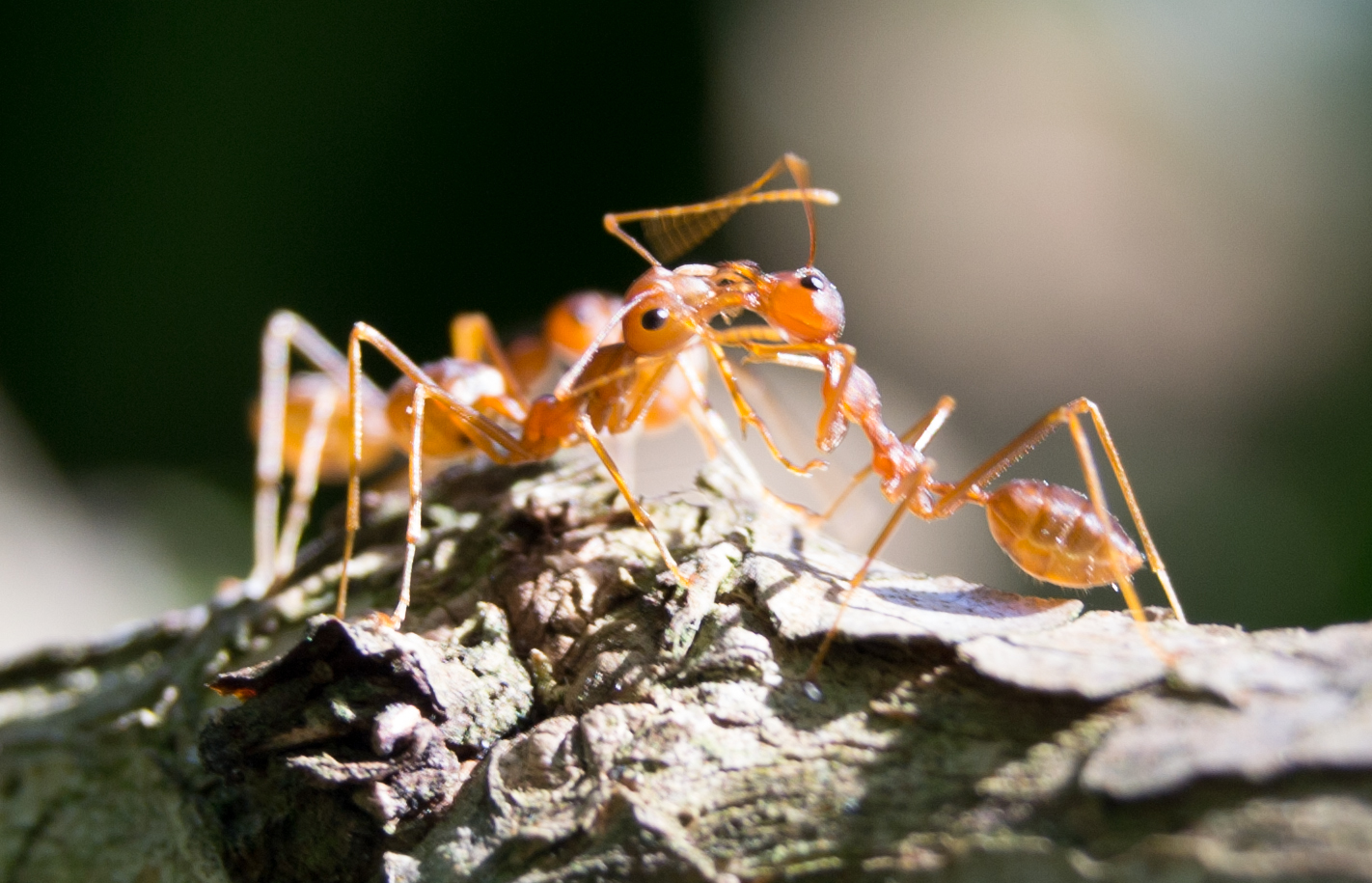
Even while surfing for their lives, pygmy mole crickets maintain social connections through a sophisticated system of vibrations and chemical signals. They can communicate danger, food sources, and suitable landing spots to other crickets in the area using water-transmitted vibrations that travel much farther than airborne sounds. During flood events, they often form loose groups that travel together, sharing information about safe routes and favorable conditions. This collective behavior increases survival rates for the entire group, as individual crickets can benefit from the discoveries and experiences of others. Their social intelligence during crisis situations rivals that of much larger and supposedly more complex animals.
Seasonal Timing and Flood Preparedness

Pygmy mole crickets don’t just react to floods – they prepare for them with the precision of emergency response specialists. During Florida’s dry seasons, they build up fat reserves and strengthen their water-resistant hair coatings in anticipation of the inevitable wet season challenges. They also select burrow locations with multiple escape routes and practice their aquatic skills in smaller puddles and tidal pools. Their internal biological clock is perfectly synchronized with Florida’s seasonal weather patterns, allowing them to peak their physical condition right when flood season begins. This level of preparation and foresight demonstrates an remarkable understanding of their environment that goes far beyond simple instinct.
The Hidden World of Beach Sand Engineering
When not surfing floodwaters, pygmy mole crickets are busy creating an underground metropolis in the beach sand that would make any civil engineer jealous. Their tunnel systems are marvels of engineering, featuring multiple chambers, drainage systems, and emergency exits that can withstand both flooding and collapse. These tunnels are strategically positioned to take advantage of natural water flow patterns, allowing the crickets to use flood water as a transportation system between different parts of their territory. The construction techniques they use involve precise sand grain selection and moisture management that creates structures both strong enough to resist cave-ins and flexible enough to expand during flood events. Their underground cities serve as launching points for aquatic adventures and safe havens for recovery afterward.
Climate Change and Future Flooding Challenges
As climate change intensifies Florida’s weather patterns, pygmy mole crickets face new challenges that their evolutionary adaptations may struggle to meet. Increased frequency and intensity of flooding events, combined with rising sea levels, are pushing these remarkable insects to the limits of their survival abilities. However, their incredible adaptability and rapid reproductive cycles may allow them to evolve new strategies faster than many other species. Scientists are closely monitoring pygmy mole cricket populations as early indicators of how coastal ecosystems will respond to changing environmental conditions. Their success or failure in adapting to accelerated climate change could provide crucial insights into the future of Florida’s unique coastal biodiversity.
Conservation Implications and Ecosystem Importance

Despite their tiny size, pygmy mole crickets play crucial roles in Florida’s coastal ecosystems that extend far beyond their impressive swimming abilities. They serve as important food sources for numerous bird species, fish, and other predators, making them essential links in complex food webs. Their burrowing activities help aerate beach sand and contribute to healthy coastal vegetation growth by improving soil drainage and nutrient distribution. As climate change and coastal development threaten their habitats, protecting pygmy mole cricket populations becomes increasingly important for maintaining the ecological balance of Florida’s shoreline environments. Their unique adaptations also represent millions of years of evolutionary innovation that, once lost, could never be recovered.
Lessons from Nature’s Smallest Surfers

The pygmy mole cricket’s mastery of floodwater surfing offers profound insights into survival, adaptation, and the power of specialized evolution. Their story demonstrates that size doesn’t determine capability – sometimes the smallest creatures possess the most extraordinary abilities. These tiny insects prove that with the right adaptations and preparation, even the most challenging environmental conditions can become opportunities rather than obstacles. Their combination of physical adaptations, behavioral flexibility, and social cooperation provides a blueprint for survival that larger, more complex organisms often struggle to achieve. In a world facing increasing environmental uncertainty, perhaps there’s wisdom to be found in studying nature’s smallest and most resilient survivors.
The next time you see flood waters rushing across a Florida beach, take a moment to imagine the tiny surfers riding those waves with skills that would make professional athletes envious. These remarkable creatures have transformed one of nature’s most destructive forces into their personal highway system, proving that evolution’s creativity knows no bounds. Who would have thought that some of the world’s most accomplished aquatic athletes would be insects smaller than your thumbnail?

